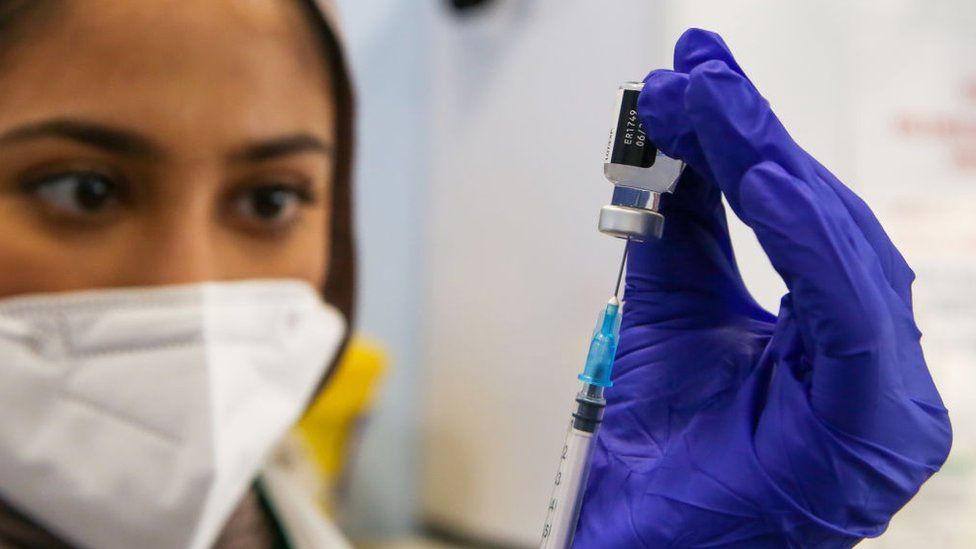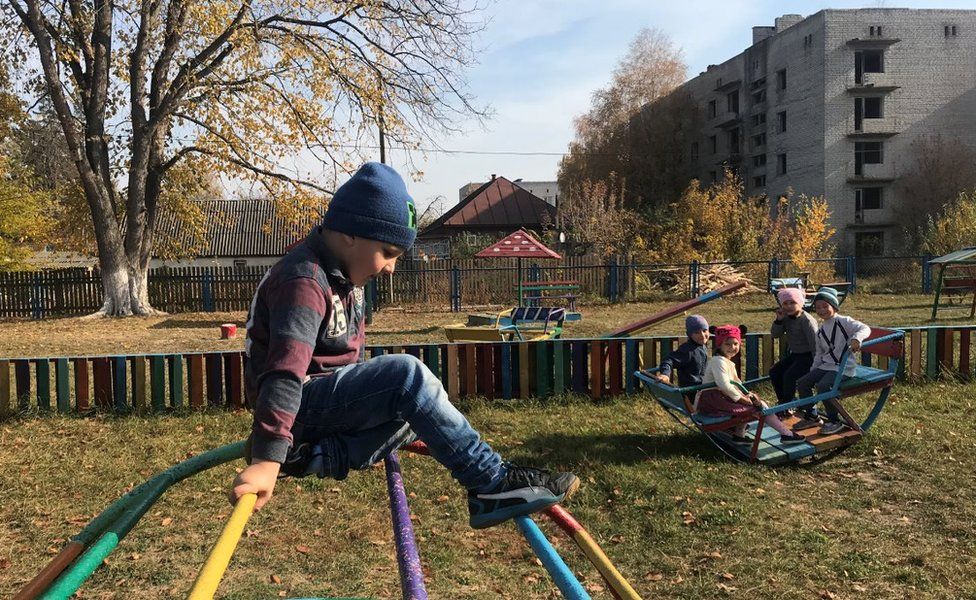Battle of the Seas: Cruise Lines vs. the C.D.C.
Cruise companies and their allies are fighting against rules that have kept U.S. ships from sailing. But experts say controlling the coronavirus onboard is a complex puzzle.In the United States, flights are filling up, hotels are getting booked, vacation rentals are selling out and car rental companies are facing a shortage because of spiking demand.But one sector remains stalled: the cruise industry.Cruise ships sailing out of United States ports have been docked for more than a year following a series of outbreaks of the coronavirus onboard vessels at the start of the pandemic. Now, cruise companies can restart operations only by following rules laid out by the Centers for Disease Control and Prevention in October.Earlier this month, the C.D.C. published a set of technical guidelines to help cruise companies prepare their ships to start sailing again in line with those rules, which were set out in the agency’s Framework for Conditional Sailing Order. But the Cruise Lines International Association (CLIA), the industry’s trade group, called the instructions “so burdensome and ambiguous that no clear path forward or timetable can be discerned.”Cruise companies have asked the agency to revise its guidelines to factor in the speedy rollout of vaccinations and allow for U.S. sailings to restart in July. But the C.D.C. has not yet provided a firm date, and under the current rules, cruise ships must follow a monthslong process that includes simulation voyages to test out their health and safety protocols, followed by a review period.“The cruise industry as a whole is very frustrated,” said Stewart Chiron, a cruise industry analyst and chief executive of the news site cruiseguy.com. “Travel is resuming at a very high level. Airplanes and hotels are packed, and no industry is better suited to restart than cruising. The lines are prepared, safety protocols are in place and now, with the high level of vaccine distribution, they feel it’s a good time to resume operations.”In response to the C.D.C.’s delay of U.S. sailings, some cruise lines are moving their ships abroad to launch summer cruises from foreign ports, including from the Caribbean and Europe, where they are permitted to sail. Many of the voyages require adult passengers and crew members to be vaccinated.Christine Duffy, the president of Carnival Cruise Line (center), at a groundbreaking in January for the company’s new cruise terminal at PortMiami. Lynne Sladky/Associated PressCarnival, the world’s largest cruise company, has warned that it might also look outside the United States if the C.D.C. continues to prevent cruises from sailing domestically.CLIA paints the C.D.C. as targeting the industry unfairly, and points to the global economic impact of the initial suspension of cruise operations from mid-March to September of last year, the latest period for which it has statistics. The group says there was a loss of $50 billion in economic activity, 334,000 jobs and $15 billion in wages.But health experts note the number and severity of outbreaks on ships last year when, for example, more than 700 people became infected with the virus on the Diamond Princess cruise ship in Japan and 14 people died. “The C.D.C. wants to prevent people from getting sick and the cruise lines want to go back to business and start making money,” said Tara Kirk Sell, an assistant professor at the Johns Hopkins Center for Health Security. “So there’s going to be a central disconnect and tension there as we sort our way through this pandemic, which isn’t over yet, and we are still trying to figure out.”Gov. Ron DeSantis of Florida, at a news conference announcing that the state was suing the C.D.C. over its rules for cruise ships. Wilfredo Lee/Associated PressFlorida joins the fightThe state of Florida is home to PortMiami, the world’s busiest cruise port, and it probably has the most to lose if cruise companies shift more sailings to the nearby Caribbean.Earlier this month, Senators Rick Scott and Marco Rubio of Florida (both Republicans), along with Senator Dan Sullivan of Alaska (also Republican), introduced the Cruise Act bill that, if passed, would revoke the agency’s Conditional Sail Order and require it to issue new guidance to restart United States sailings. (Because of a quirk of maritime law, several major cruise lines have canceled all 2021 sailings to Alaska.)“With the way this is going, it seems that the C.D.C. doesn’t want the cruise industry to be in business because they are not setting the rules in a manner that the cruise industry feels they can comply and safely return to work,” Senator Scott said in a telephone interview.“Cruise lines clearly want their passengers and employees to be safe,” he continued. “They have been working all year to prepare their ships, but the C.D.C. has been very difficult to work with and if they don’t want to help then we’ll make sure they do it because we are going to pass this legislation.”The state of Florida has sued the federal government to demand cruise ships be allowed to start sailing immediately.Gov. Ron DeSantis, also a Republican, has maintained that the cruise ban has had a disproportionate impact on the state’s economy; cruises usually generates billions of dollars from the millions of passengers that pass through Florida’s ports each year.“People are going to cruise one way or another. The question is are we going to do it out of Florida, which is the number one place to do it in the world, or are they going to be doing it out of the Bahamas or other locations?” Gov. DeSantis said, speaking at a recent news conference at PortMiami.Ms. Sell said she thinks the C.D.C.’s phased approach, where safety protocols are tested out before passengers are allowed back on onboard, is the right one.“Cruises have for a long time had a potential to super spread diseases that include Covid because people are often in close quarters,” she said. “I’m not saying that you could never do cruises again, but that it just needs to be something where you sort through all the requirements.”Battle over vaccinationsMs. Sell, and other health experts say that requiring everyone onboard to be vaccinated against the coronavirus is one of the best ways to prevent outbreaks. Several cruise lines have made vaccinations a requirement for smaller U.S. river cruises and foreign sailings.But while Gov. DeSantis is arguing for cruises to restart, he has also issued an executive order banning Florida businesses from requiring proof of vaccination from people seeking to use their services. The governor’s office said that the order prohibits all cruise lines from requiring vaccine certificates for their Florida operations.The C.D.C. recommended vaccinations in its latest technical guidance, but stopped short of making them a requirement, avoiding a conflict with Florida.Requiring vaccinations appeals to at least some would-be cruisers. “I’m really excited to get back on a cruise, but I don’t think I could fully relax and enjoy it if everyone on board wasn’t vaccinated,” said Molly Osborne, an avid cruiser based in South Florida. “It would be a great shame if we had to travel to other U.S. ports to get on a ship. Florida is the cruising capital of the world.”Still, Ms. Osborne said she is open to traveling abroad to get on a cruise if the C.D.C. doesn’t lift its ban by the fall. “I haven’t booked anything yet as I’m waiting to see what happens, but if the only way to go this year is from the Caribbean, then I’ll probably do it.”Passengers enjoy the sun on board the MSC Grandiosa in Italian waters. Companies in Europe and other places have restarted sailings. Andrew Medichini/Associated PressWhite House meetingExperts from the C.D.C. and White House staff met with cruise line executives and industry leaders last week to discuss the details of the Conditional Sailing Order.“The objective of the meetings are to mutually review the top priority issues of the cruise industry to work out implementation details of the CSO, including the impact of vaccines and other scientific developments since the CSO was issued in October 2020,” the agency said in a statement. “This goal aligns with the desire for the resumption of passenger operations in the United States by midsummer, expressed by many major cruise ship operators and travelers.”In the meantime, cruise lines are focusing on launching summer sailings abroad in Europe, Asia and the Caribbean. MSC Cruises, the industry’s fourth-largest operator, announced on Thursday that it would be canceling all U.S. cruises through June 30 and instead plans to have at least 10 ships sailing out of Europe and the Mediterranean by August. Royal Caribbean, the second-largest by passenger count, is sailing out of the Bahamas and Bermuda, among other places, and is requiring vaccinations for all crew and passengers.Before vaccines were being widely distributed, cruises lines operating in Europe reported some Covid infections on board, but say that the cases were brought under control using stringent health and safety protocols, which prevented any larger outbreaks.The C.D.C.’s advisory regarding cruise travel remains at a Level 4, the highest, and the agency recommends that all people avoid travel on cruise ships, including river cruises, worldwide.“That’s because the chance of getting Covid-19 on cruise ships is high since the virus appears to spread more easily between people in close quarters aboard ships,” the warning says.Follow New York Times Travel on Instagram, Twitter and Facebook. And sign up for our weekly Travel Dispatch newsletter to receive expert tips on traveling smarter and inspiration for your next vacation. Dreaming up a future getaway or just armchair traveling? Check out our 52 Places list for 2021.
Read more →




